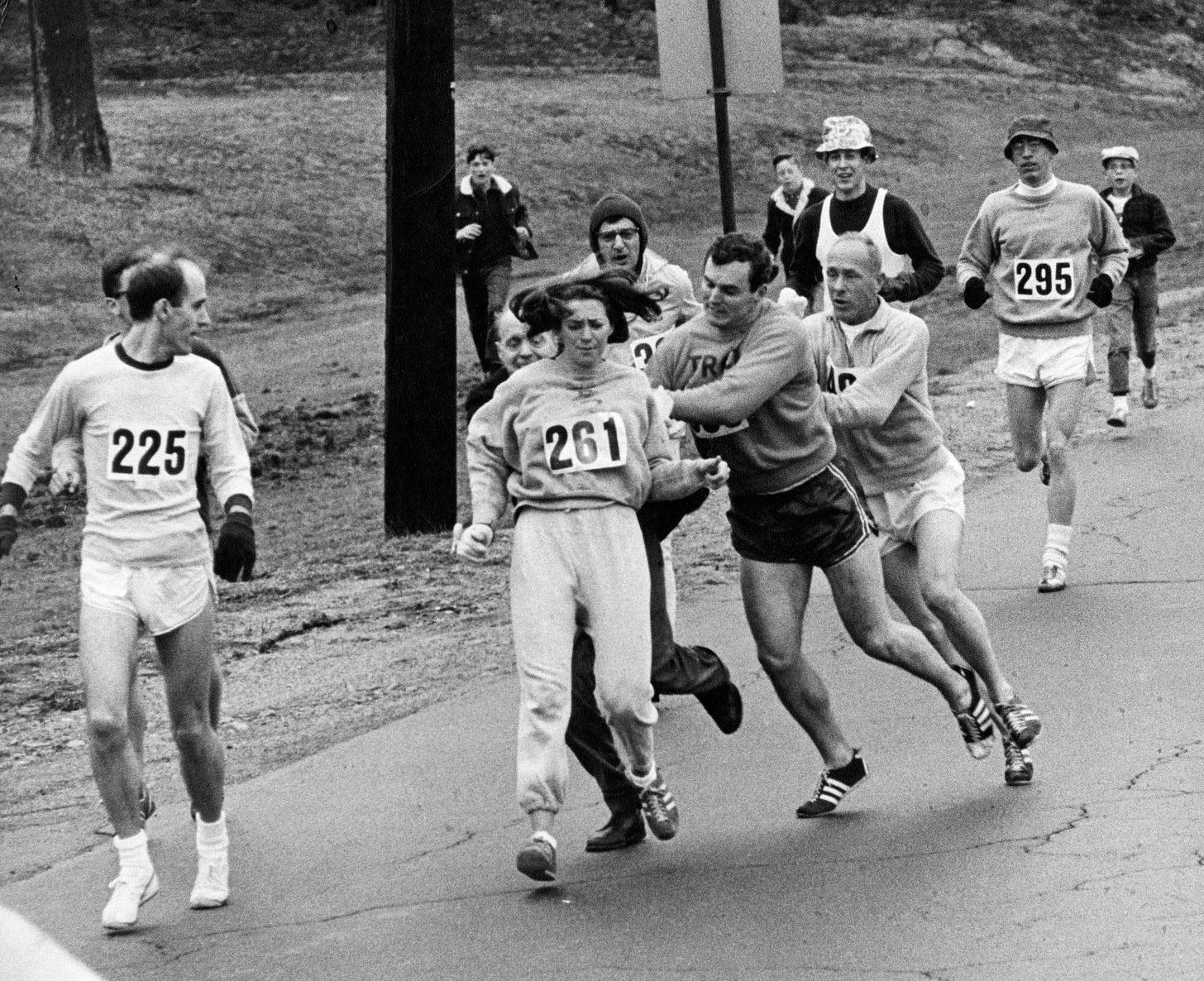Moral panic won't protect women
when life feels good but the world is on fire—moral panic, trans exclusion, political distraction, and how to resist without burnout.
January, famously the worst month of the year, was very good to me. In January I made significant progress with my health. Physically, I am feeling better than I have in years. And this seems to be having a transformative effect on my creativity. By mid-January I was feeling so clear headed, so relaxed, so capable of managing the ups and downs of life, that I began working on my manuscript. And making significant progress. Historically writing has required a very specific environment. Quiet. Privacy. The mood had to strike. Suddenly I was pulling out my laptop while Harrison watched Real Madrid matches on the TV. There’s almost nothing I enjoy more than parallel play, but I never expected parallel play to include writing my novel in the company of others, while the TV was on.
In fact, I am currently writing this while my nephew plays a sonically incoherent tune on his mini ukulele.



And yet, as pleasant as my January was, the world demands outrage. For Americans, life as we know it is hurtling at warped speed into the dark ages. Trump’s return to office has been a relentless assault on marginalized communities. Day after day he issues executive order after executive order. Orders to eliminate federal DEI programs, revoke anti-discrimination protections for LGBTQIA people, expand mass deportation, and redefine birthright citizenship.
Certainly, two things can be true at once. You can experience joy in a world overwhelmed by suffering. In fact, I would argue that experiencing joy is a radical act of resistance when there are people in power doing their best to snuff out anything and anyone that opposes their world view.
But the work to dismantle progress never sleeps, and the emotional whiplash is real.
On Wednesday (2/5/25) Trump signed his fourth executive order targeting the trans community; the "No Men in Women’s Sports Executive Order," banning trans women and girls from all female sports. He did this on National Girls & Women in Sports Day…
As a former student athlete at a D1 university, I have often been asked how I feel about transwomen in women’s sports. I find this question fascinating—not because of what it asks, but because of what it assumes. The question itself suggests that my gender identity is somehow more valid than another woman’s. It assumes cisgender women like me are the authority on women’s sports, and trans women’s participation is something that is up for debate and requires justification.
It’s no secret that exclusion has been the overarching theme in the history of women’s sports. Women have historically been viewed as too weak and emotional for physical activity, and ultimately a detriment to the integrity of sport.
Prior to 1950, women were not allowed to compete in the Olympics. The first woman to run the Boston Marathon as an officially registered athlete was Katherine Switzer in 1967. Google “Katherine Switzer Boston marathon” and it’s pretty clear her presence was not celebrated.

It was not until 1972 that Title IX was enacted, prohibiting sex-based discrimination in federally funded education programs and activities. This included sports. In 1971 less than 30,000 women competed at a collegiate level. In 2021 that number has multiplied to more than 254,000 women – accounting for 44% of collegiate athletes.
Today we are seeing a similar attack on women’s participation in sports, with transwomen taking center stage as the ultimate threat to women and girls. But here’s the thing – women’s sports have always been policed. This time it’s under the guise of fairness.
Take Caster Semenya’s story. Semenya was an Olympic champion deemed “too masculine” to compete in the women’s category. After dominating the 800m at the 2009 World Championships she was subjected to humiliating sex testing, leaked medical records, and a nearly yearlong investigation into her right to compete as a woman. Despite weak scientific evidence indicating testosterone’s impact on athletic advantage, the IAAF and IOC introduced policies restricting women with naturally high testosterone from competing at elite and professional levels.
What we do know is that these policies disproportionately target Black and intersex athletes, emphasizing rigid gender norms and forcing women to undergo dehumanizing medical interventions just to compete. Other biological advantages—like height, lung capacity, or muscle composition—are not regulated in the same way, betraying the rationale of these policies.
Outrage over trans women’s participation in sports is a distraction—one that shifts focus from a very real issue: why women’s bodies, both cis and trans, remain a battle ground of regulation, scrutiny, and control.
As of February 5, 2025, trans women are banned outright from competition. This order prohibits trans women and girls from playing sports at all levels: K-12, collegiate, and professional. The executive order strips federal recognition of trans student athletes, expands U.S. visa policies so that international trans athletes can be flagged for fraud, and forces the NCAA to comply (though I could go on about how cowardly and hypocritical their compliance is) – restricting participation to those who were assigned female at birth.
The justification we see again and again regarding trans women’s exclusion from sports is for the protections of women and girls.The exclusion is framed as necessary for fairness and safety. But who is actually being protected? These policies are not doing anything to protect women and girls in sports. As a former student athlete and survivor of Larry Nassar —the doctor Michigan State entrusted with my care, who was later revealed to be a prolific abuser of women and girl athletes—I can tell you with certainty: the governing bodies of women’s sports are doing nothing to protect us.
Again and again, cisgender men, often in positions of power–not trans women–are the perpetrators of violence against women.
Beyond the obvious violence women and girls in sports are experiencing, women’s sports are systematically underfunded and underpromoted. And yet, instead of politicians and sports organizations working to drive resources to support women’s sports programs, they are focused on excluding trans women. Where are the laws to address pay disparities at a professional level? (cc: WNBA and Professional Women’s Soccer) Where are the executive orders holding governing bodies accountable for wage gaps, inadequate protections against abuse, and lack of investment in women’s athletics?
If the concern truly was safety and fairness, lawmakers would be focused on preventing sexual violence, increasing protections for all athletes, and prioritizing equitable resources in women’s sports. The focus would not be on banning marginalized groups driven by unsubstantiated fear. Though we’re told these policies specifically target trans athletes, these policies set a precedent for gatekeeping womanhood. History shows us that this list of who qualifies will only grow.
When the Associated Press reached out to lawmakers pushing trans sports bans across 20 states, most revealed there were no local cases that they could point to as justification for these laws. Instead the case of two trans sprinters from Connecticut has been used over an over again to legitimize this nationwide panic. When Utah banned trans athletes from playing—a state where lawmakers identified only four trans athletes in total—one young girl broke down in tears, afraid she would lose the chance to play with her friends. This wasn’t about losing her place as a star athlete. This was about losing community and the joy of playing a sport she loved. Banning trans athletes is not going to solve real problems. It will only continue to create more. These policies are built on fear—not facts.
This manufactured fear is part of Trump’s larger strategy to rally his base and justify oppressive policies that validate his world view. We see this again and again. Trump uses militaristic language like “invasion” to describe immigration. He makes baseless claims describing immigrants as violent and murderers. All this to stoke fear and legitimize his calls for mass deportation. But research shows immigrants commit crimes at lower rates than native-born citizens.
Trump has also pushed to designate drug cartels as terrorists’ groups despite a lack of evidence demonstrating it reduces crime or drug trafficking. Instead this risks further strained relations between the U.S. and Mexico, and reinforces his anti-immigration agenda.
However, when violence is carried out in his name, Trump has no problem pardoning it. He pardoned January 6 rioters while stigmatizing protestors as threats to America. His formula is simple: Invent a threat. Exploit people’s fears. Use those fears to justify oppression.
Banning trans women from sports won’t protect women. It’s another distraction. One designed to keep Americans focused on manufactured crises instead of the real struggles shaping their lives: wage stagnation, unaffordable healthcare, and skyrocketing housing costs. Crises that are hurting working Americans. Yet, when the ruling class need to shield themselves from accountability, they turn to culture wars—targeting trans people, women’s bodies, and immigrants—all while billionaires grow richer and working families struggle to stay afloat.
If they keep people fighting over manufactured moral panic, no one will fight them for protecting corporate interests over the interests of the people who elected them. While Trump bans trans athletes, the same politicians fueling outrage over “protecting women’s sports” remain silent on stagnant wages, corporate tax cuts, and a healthcare system millions cannot afford.
Trans inclusion is not about sports. It’s about deciding who belongs. Who is a threat. And who deserves to have a voice. A 12-year-old trans girl playing soccer with her friends isn’t a threat to America. The real threat is the people manufacturing this fear—the ones in power—who exploit division to divert attention from their own corruption.
There’s an undeniable tension in embracing the good in your life while the world burns around you.
I find it difficult to reconcile my own personal happiness and successes with the overwhelming chaos happening in the world. Frankly the chaos happening in our backyard is creating another fun layer of dread and worry to everything these days. If the propaganda is to be believed, America is the greatest country in the world. I’m just not buying it.
I also know that soaking in the joy and goodness in your life is not the same as burying your head in the sand. Being caught in a cycle of outrage will not protect trans kids, safeguard reproductive rights, or dismantle systems of oppression. Easier said than done, of course.
After Nassar’s abuse became public, I found myself trapped on an advocacy hamster wheel: anxiety, outrage, reactivity, discourse, burnout, repeat. I couldn’t get off the wheel. The abuse I experienced felt insignificant compared to the abuse others experienced, and for a long time I believed that meant I had to make up for it. That I had to push myself further and do more. At the time, that was honestly how I felt.
My friend Stephanie Harrison, founder of New Happy, challenges the idea that we need to be endlessly productive to be worthy. She reminds us that when we focus on helping others, using our unique gifts, we not only improve the well-being of others—we strengthen our own. Choosing when and how to engage in activism is not failure. It’s a strategy to stay engaged.
It has taken me years of trial and error to find ways to stay engaged and feel purposeful, without feeling overwhelmed or hopeless. Lately, what has helped the most is stepping away from the reactionary and performative spin cycle of social media.
This decision came after listening to a recent episode from
and ’s podcast, , which has transformed my relationship with social media and my perception of what it can do. As Caro says in the episode (I’m paraphrasing), the revolution is not happening online.Stephanie’s work reinforces that our greatest impact won’t come from trying to do everything. It will come from using our unique gifts and skills in service of others. Not everyone is meant to be on the front lines. We all have a role play.
For me, sometimes, that looks like writing an essay (like this one). Sometimes it means having difficult conversations and saying the hard thing even when it is uncomfortable. It means showing up, in real life, outside social media’s echo chamber, and helping people I love and strangers alike. It means supporting and engaging with organizations truly fighting for the safety athletes, fighting for trans rights, fighting for policy change.
The Trump administration wants us exhausted. In fact, they are counting on it. The next four years are going to feel long. Finding a way to stay engaged without losing yourself amid the barrage of headlines and executive orders will be the ultimate act of resistance.

extra credit reading:
The New York Times: America Is Being Consumed by a Moral Panic Over Trans People
Human Rights Campaign: The facts about bans on sports participation
The New York Times: With ‘Stealth Politics,’ Billionaires Make Sure Their Money Talks
- : It’s time to break up with Billionaires
Current Affairs: Bernie Sanders Keeps Us Focused on What Matters
Women in sports foundation: Participation of transgender athletes in women’s sports
get involved:




Hear, hear! Brava!
Wonderful and relevant essay. I hope many read rhis and follow your example wirh commitment to the real world . Will share